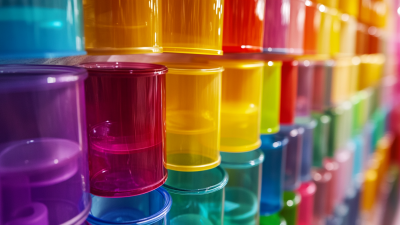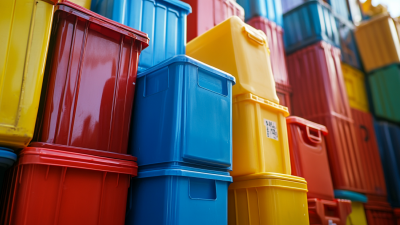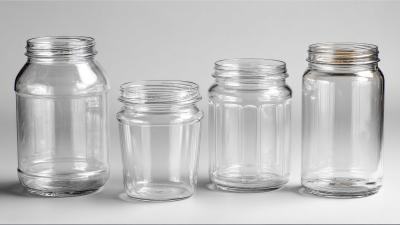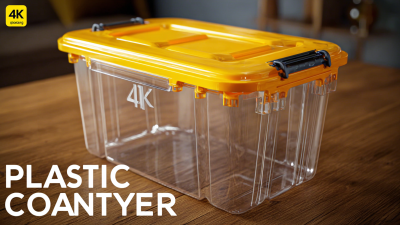In today's rapidly evolving business landscape, companies are increasingly recognizing the importance of sustainable practices, particularly in the realm of packaging. Plastic packaging containers, which currently account for approximately 40% of total plastic production (according to the Ellen MacArthur Foundation), present a unique opportunity for innovative reuse and recycling strategies. As industries strive to minimize environmental impact, these containers can be transformed into versatile resources in various operational processes, from supply chain efficiency to eco-friendly product designs. According to McKinsey & Company, nearly 70% of consumers prefer brands that demonstrate a commitment to sustainability, highlighting the potential competitive advantage for businesses that leverage plastic packaging containers sustainably. This article discusses practical approaches for integrating these containers into sustainable business practices, showcasing how they can drive both economic benefits and ecological improvements.
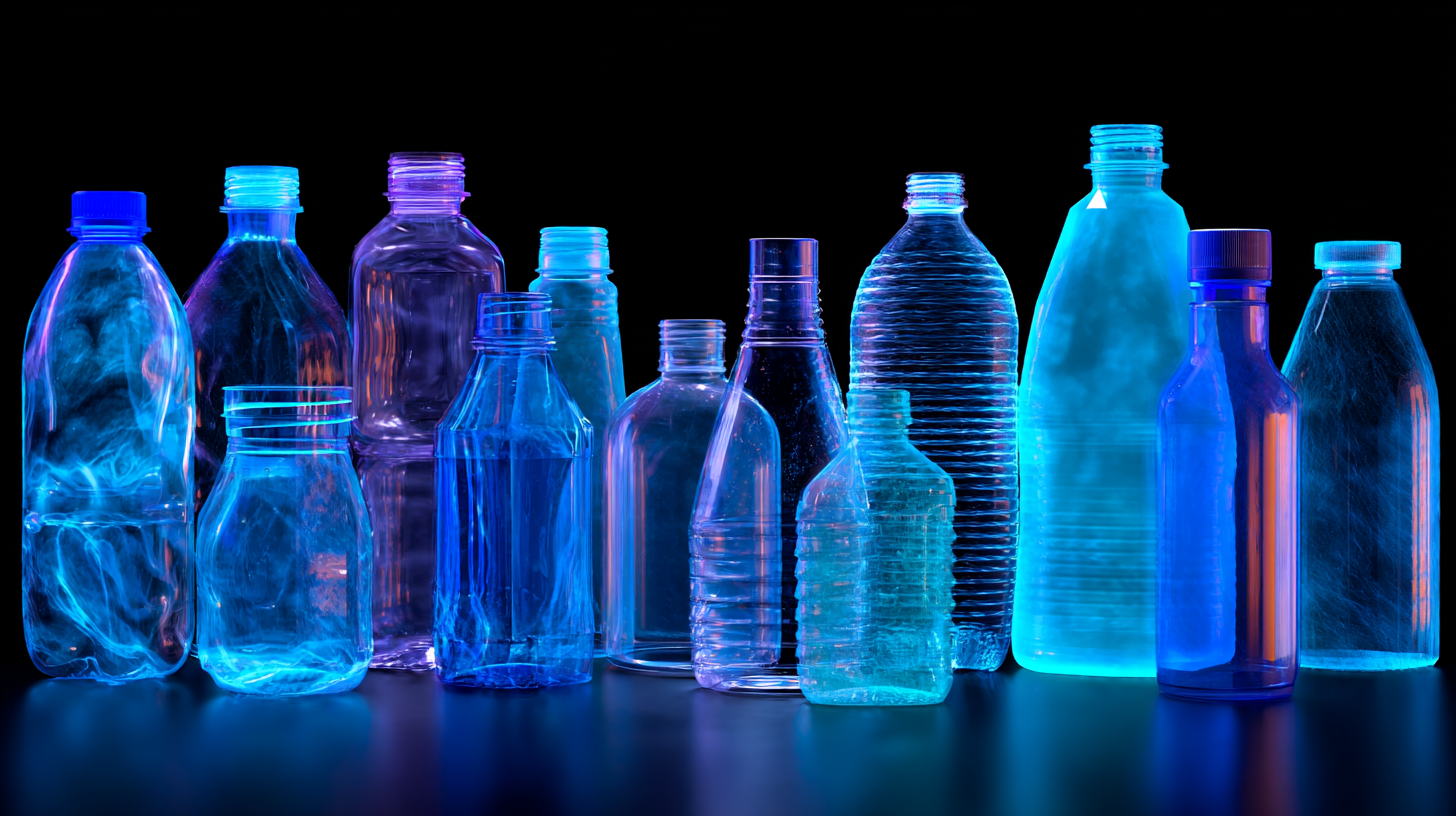
Plastic packaging containers have emerged as a pivotal component in the journey towards sustainability, offering remarkable environmental advantages when reused. According to a report by the Ellen MacArthur Foundation, the circular economy model promotes the concept of reusing materials, which can lead to a reduction of greenhouse gas emissions by up to 70% in certain industries. By repurposing plastic packaging containers, businesses not only mitigate waste but also conserve natural resources. For instance, the recycling of plastics can save approximately 80% of the energy used in producing new plastic, significantly lowering carbon footprints.
Moreover, the World Economic Forum highlights an alarming statistic; approximately 40% of the plastic produced is intended for packaging, which has a substantial impact on global waste levels. By implementing innovative practices such as repurposing these containers for storage, transportation, or product display, companies can play an integral role in reducing their environmental footprint. This shift not only promotes a cleaner planet but also presents potential cost savings related to raw material procurement. Embracing the reuse of plastic packaging containers aligns with sustainable practices that benefit both the environment and the business's bottom line.
| Use Case | Description | Environmental Impact | Potential Savings |
|---|---|---|---|
| Storage Bins | Repurposing plastic containers to organize and store tools or supplies. | Reduces landfill waste and promotes recycling. | Up to $200 annually by reducing purchasing of new storage solutions. |
| Planters | Using cleaned plastic containers to grow plants or herbs. | Improves air quality and reduces plastic waste. | Savings on gardening costs, approximately $100 per season. |
| Shipping and Handling | Reusing containers for shipping goods instead of cardboard. | Lowers packing waste and increases transport efficiency. | Potential savings of $500 yearly on packaging costs. |
| Art and Crafts | Utilizing plastic containers in creative projects and crafts. | Promotes community engagement and creative reuse. | Minimal cost with potential to generate additional income through sales. |
| Food Storage | Using clean containers for meal prep and food storage. | Reduces food waste and extends shelf life of products. | Savings of around $300 per year by minimizing food spoilage. |
The integration of plastic packaging containers into circular economy models represents a transformative approach in sustainable business practices. By reimagining how these containers are used, companies can create a closed-loop system that significantly minimizes waste. For instance, businesses can repurpose used plastic containers for product storage or as part of their supply chain logistics. This not only reduces the need for new packaging materials but also helps to establish a more resource-efficient operational flow.
Moreover, innovative strategies can involve the collaboration with local recycling initiatives to facilitate the collection and redistribution of plastic containers. Companies can offer incentives for customers to return used containers, creating a community-driven recycling program that enhances brand loyalty while promoting sustainability. By adopting these creative strategies, businesses can effectively contribute to a circular economy, where plastic packaging is reused and recycled, thereby lessening their environmental footprint and embodying a commitment to responsible resource management.
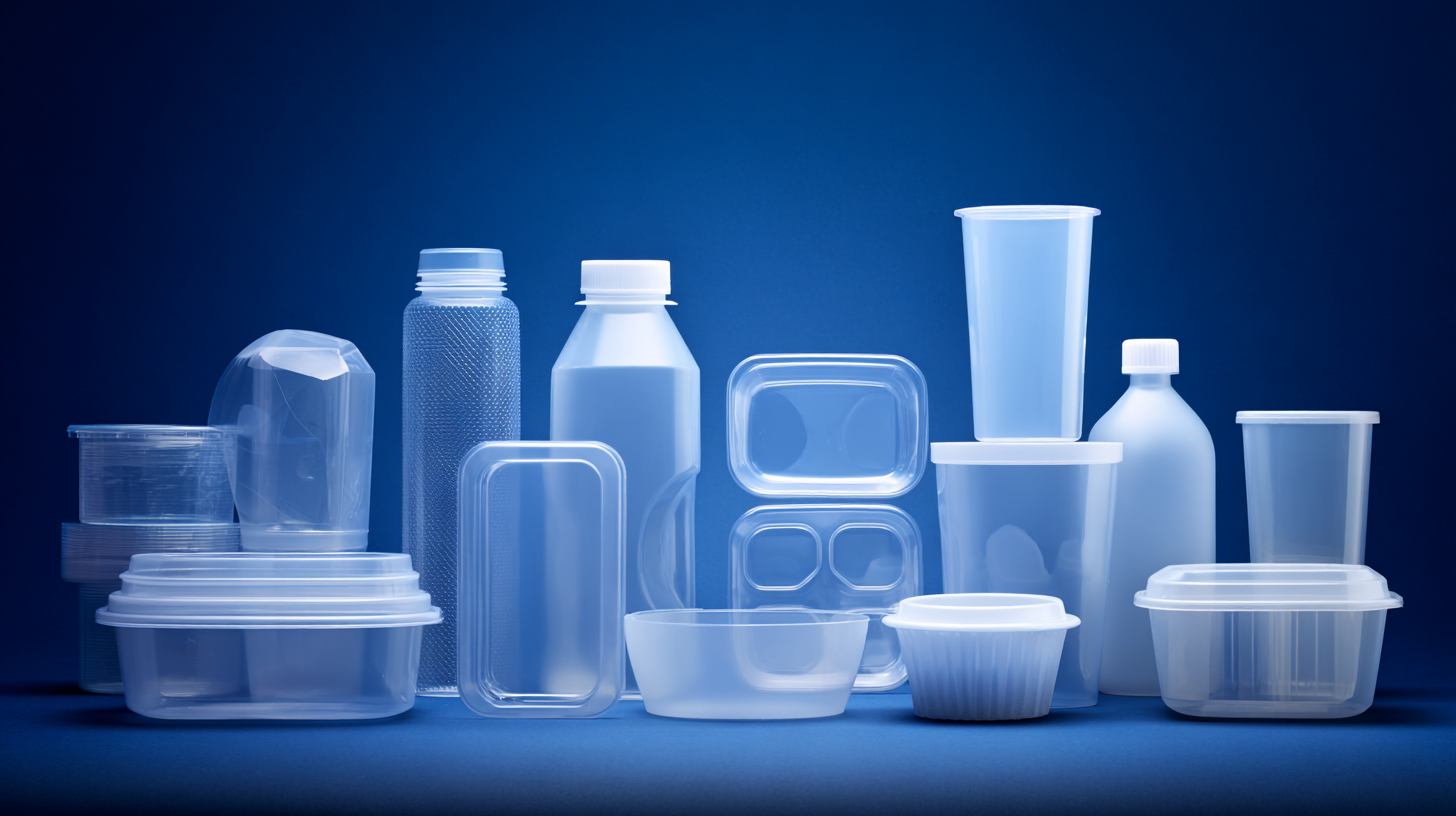 Plastic packaging containers have increasingly become a focal point in eco-friendly product design, driven by the growing demand for sustainability in the modern market. According to a recent report by Smithers Pira, the global market for sustainable packaging is projected to reach $500 billion by 2027, with plastic packaging playing a crucial role in this transformation.
Innovative applications include utilizing recycled plastic containers in developing new products, ensuring that the lifecycle of materials is extended and waste is minimized. Brands are now repurposing packaging into functional designs, such as using old containers for new product lines, reducing the need for virgin materials.
Plastic packaging containers have increasingly become a focal point in eco-friendly product design, driven by the growing demand for sustainability in the modern market. According to a recent report by Smithers Pira, the global market for sustainable packaging is projected to reach $500 billion by 2027, with plastic packaging playing a crucial role in this transformation.
Innovative applications include utilizing recycled plastic containers in developing new products, ensuring that the lifecycle of materials is extended and waste is minimized. Brands are now repurposing packaging into functional designs, such as using old containers for new product lines, reducing the need for virgin materials.
Furthermore, companies are exploring bioplastics as alternatives to traditional petroleum-based plastics. Research indicates that bioplastics can reduce carbon footprints by up to 80% compared to their conventional counterparts (European Bioplastics). Eco-design strategies encourage businesses to rethink their packaging approaches, integrating multiple functions within a single container—for example, creating modular packaging systems that can be easily reused or recycled. This shift not only caters to consumer demand for sustainability but is also becoming a competitive advantage in the marketplace as businesses align with corporate responsibility goals and enhance their brand reputation.
In recent years, several leading brands have showcased innovative approaches to transforming waste into valuable resources through the effective repurposing of plastic packaging containers. For instance, Coca-Cola's "World Without Waste" initiative aims to collect and recycle a bottle or can for every one sold by 2030. This commitment aligns with data from the Ellen MacArthur Foundation, which highlights that if the global recycling rates reach just 25%, the value of recyclables could reach $32 billion annually. Such initiatives not only reduce environmental impact but also enhance brand image and customer loyalty.
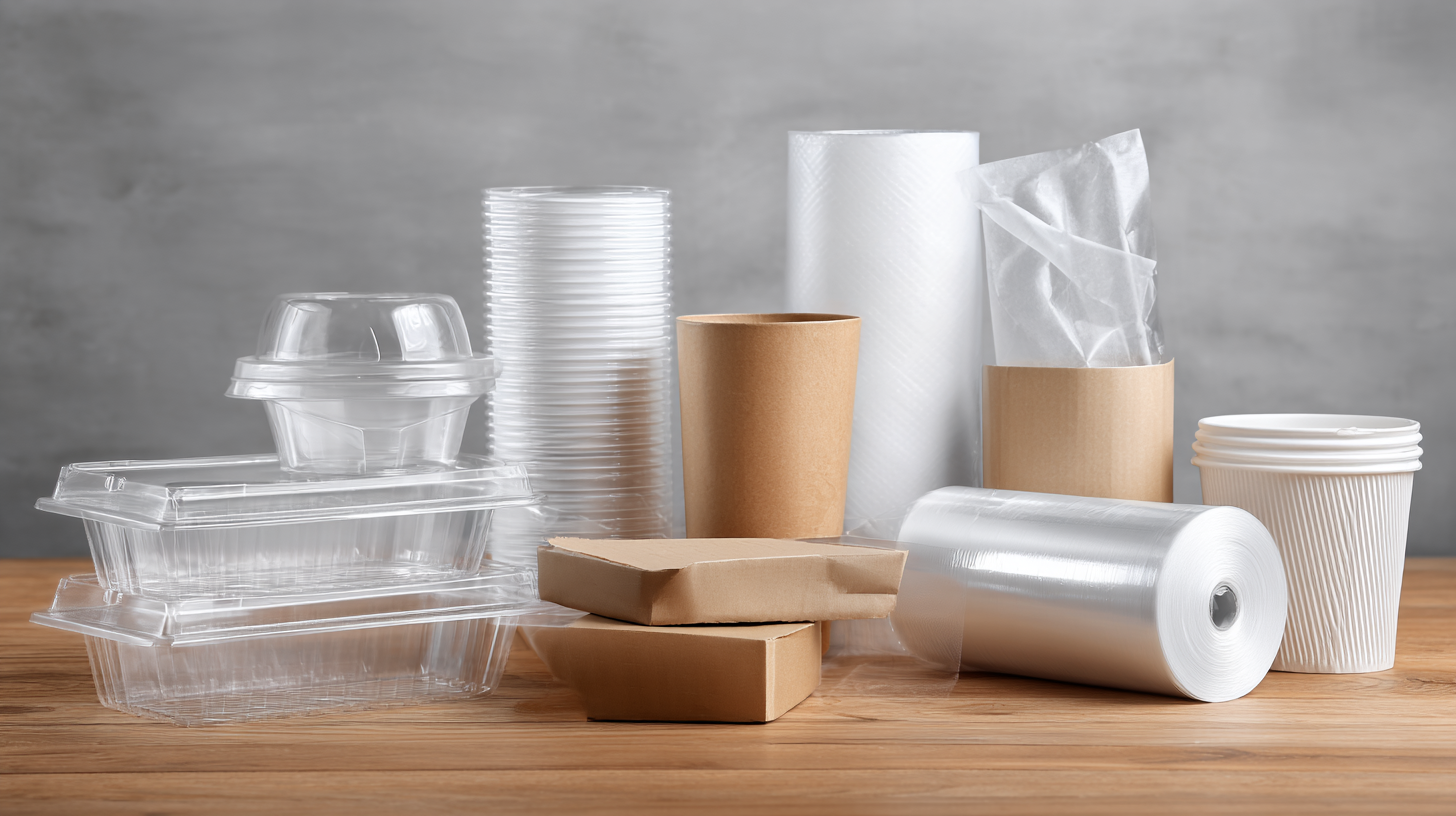
Another notable case is Unilever's "Plastic-Free" initiative, which integrates sustainable materials into their packaging. By 2025, Unilever plans that all its plastic packaging will be recyclable, reusable, or compostable. According to a report from McKinsey & Company, companies focused on circular economy principles could generate more than $1 trillion in economic value by 2030, emphasizing the financial viability of turning waste into resources. These examples demonstrate that sustainable practices not only contribute positively to the environment, but also drive innovation and profitability for businesses aiming to thrive in a rapidly evolving market.
The shift towards more sustainable practices in business has led to a significant focus on the challenges and solutions associated with the use of plastic packaging containers. According to a 2021 report by the Global Packaging Alliance, the world produces approximately 300 million tons of plastic annually, with about 50% of this being single-use. This staggering statistic highlights the pressing need for businesses to innovate in their use of packaging materials, especially considering that only about 9% of plastic ever produced has been recycled.
To address these challenges, companies are exploring alternative materials and recycling technologies. For instance, a study from the Ellen MacArthur Foundation revealed that implementing circular economy principles could reduce plastic waste by up to 70%. Additionally, businesses are investing in biodegradable packaging solutions and establishing take-back programs to ensure responsible disposal and recycling of plastic containers. By focusing on these innovative approaches, organizations not only mitigate environmental impact but also enhance their brand value in the eyes of increasingly eco-conscious consumers.
